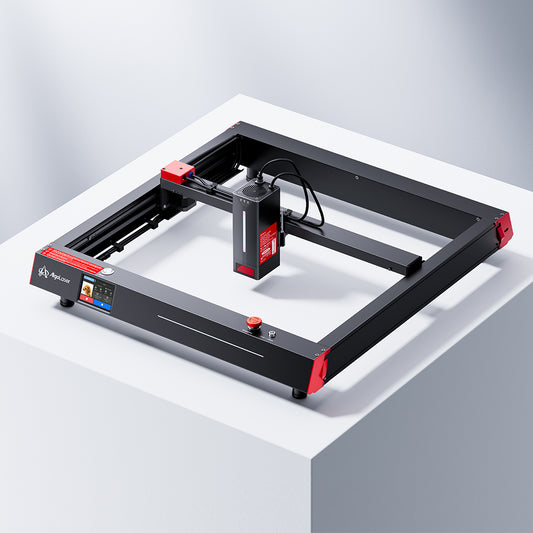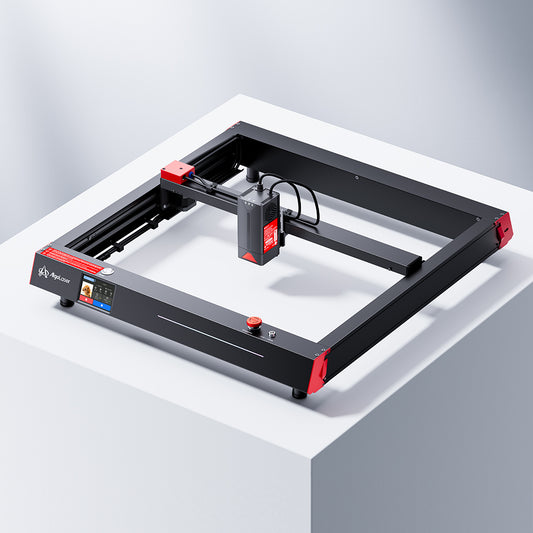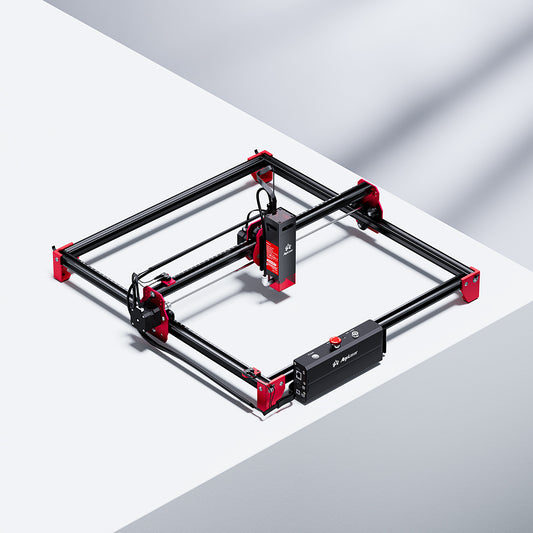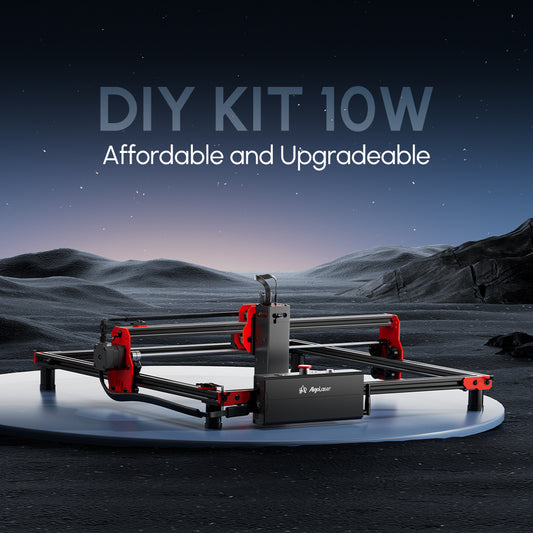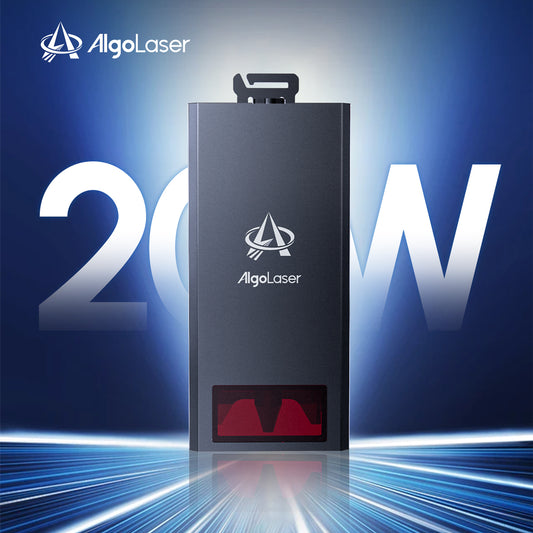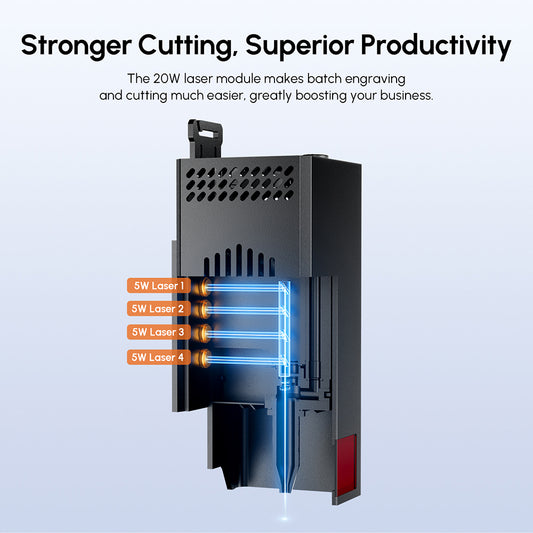Here’s the part where I answer some of the most common questions I get—imagine me rambling like a true laser geek at a makerspace:
Q1: Can I engrave any type of wood plant pot?
Not exactly. Soft woods like Paulownia, pine, or basswood work best. Hardwoods like oak or walnut can also be engraved but may require slower speeds or multiple passes. If your pot has a heavy varnish, sand it first.
Q2: Do I need to mask the wood before engraving?
Masking tape is optional, but it can help reduce scorch marks around the engraving. For a natural, rustic look, I usually engrave directly without masking.
Q3: What if my plant pot has a curved surface?
Good question! If the curve is gentle, you can still engrave, but the laser may lose focus on the edges. For very round pots, consider engraving a flat wooden tag or plaque and attaching it instead.
Q4: How long does it take to engrave a wood pot?
Depends on your design. Simple text or logos can take 2–5 minutes. More detailed graphics might take 10–15 minutes. The Pixi is quick, especially at 5000 mm/min.
Q5: Will the engraving hold up if I water the plant?
Yes! That’s one of the perks of laser engraving. The burn marks are permanent and won’t wash away. Just avoid soaking the wood constantly, as excessive moisture can warp the pot.
Q6: Can I engrave multiple pots at once?
If the pots fit in the engraving area and you arrange your designs in the software, absolutely. Batch engraving is one of the best ways to speed up production if you’re making gifts or selling custom pots.








